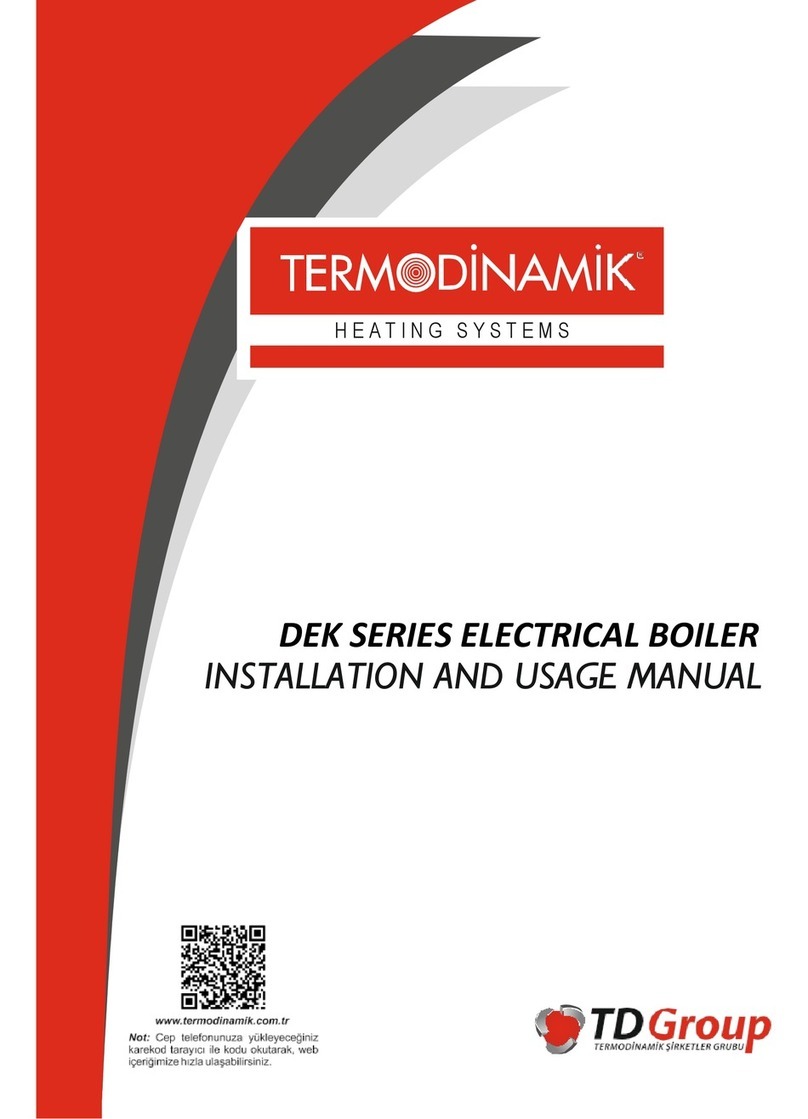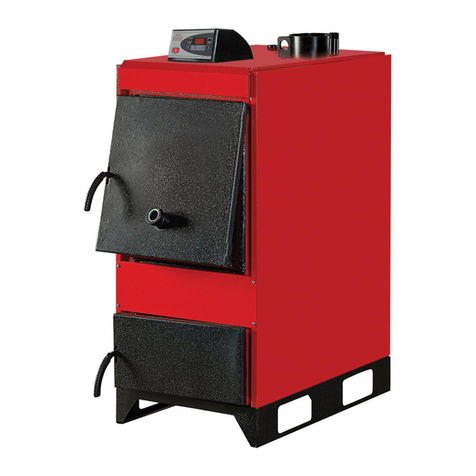Termodinamik EKY/B 20 Setup guide




















This manual suits for next models
4
Table of contents
Other Termodinamik Boiler manuals
Popular Boiler manuals by other brands
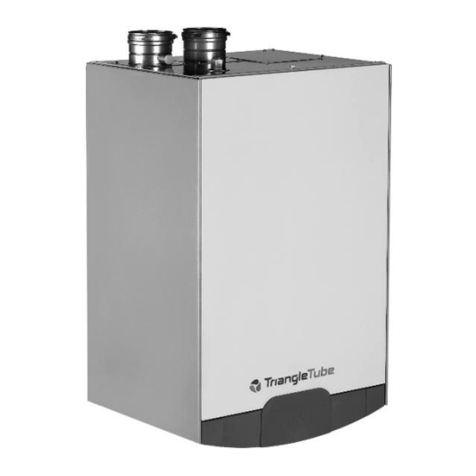
TriangleTube
TriangleTube Prestige Solo 399 manual
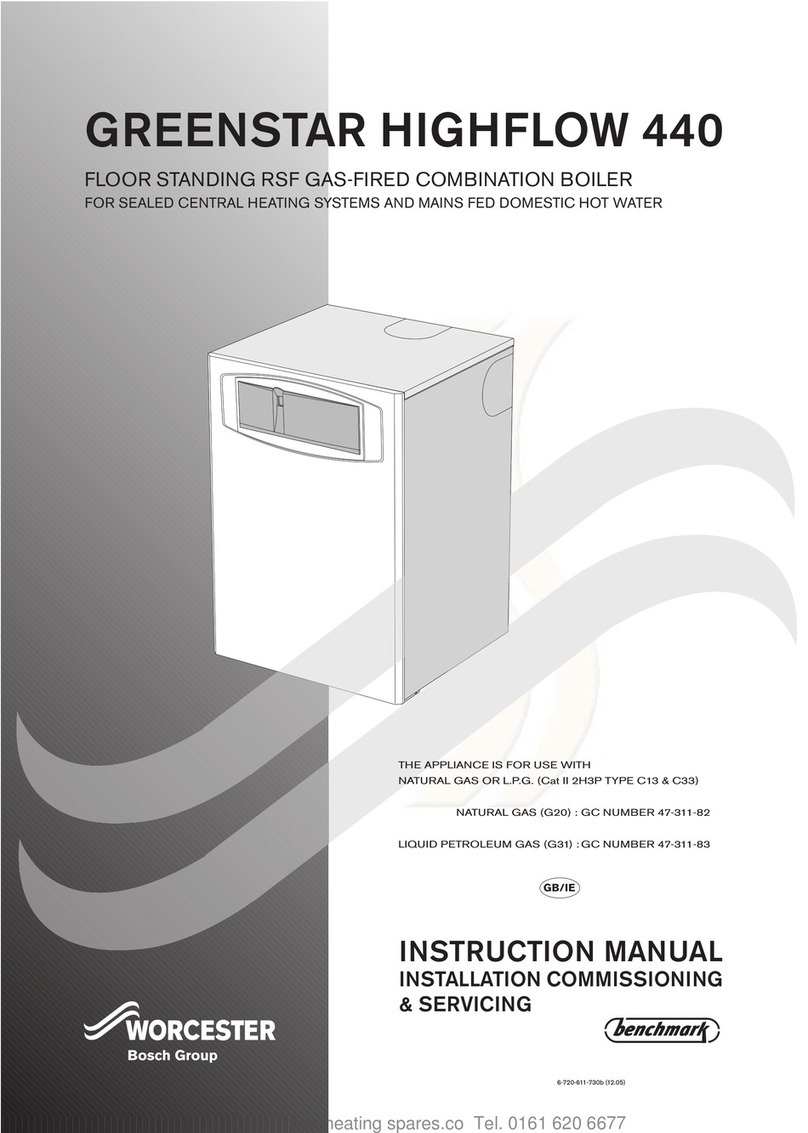
Worcester
Worcester Greenstar Highflow 440 instruction manual
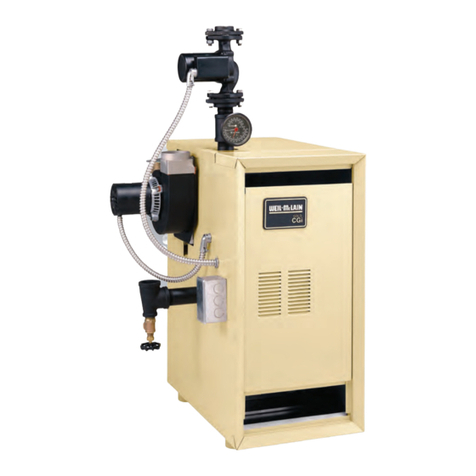
Weil-McLain
Weil-McLain CGi Series 2 manual
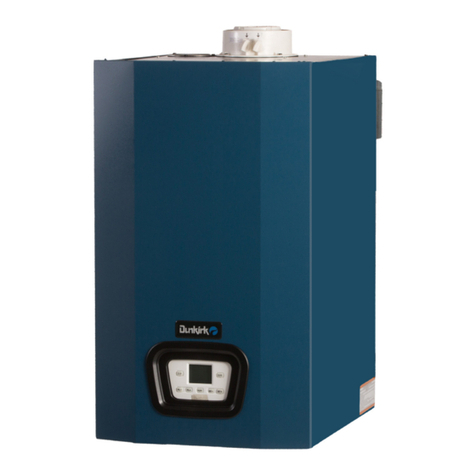
ECR International
ECR International Dunkirk DCB-100 manual

Prestige
Prestige Solo 110 Installation and maintenance manual
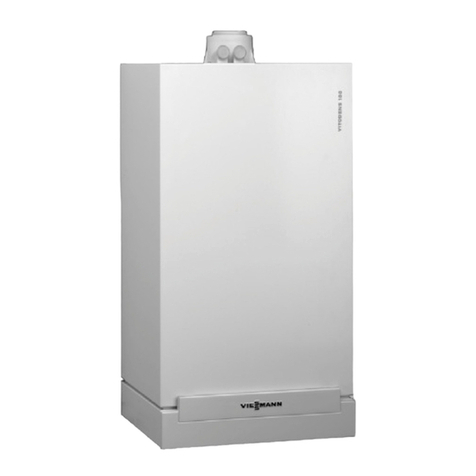
Viessmann
Viessmann Vitodens 100-W WB1B Series Installation and service instructions

Viessmann
Viessmann Vitodens 200-W System Service instructions
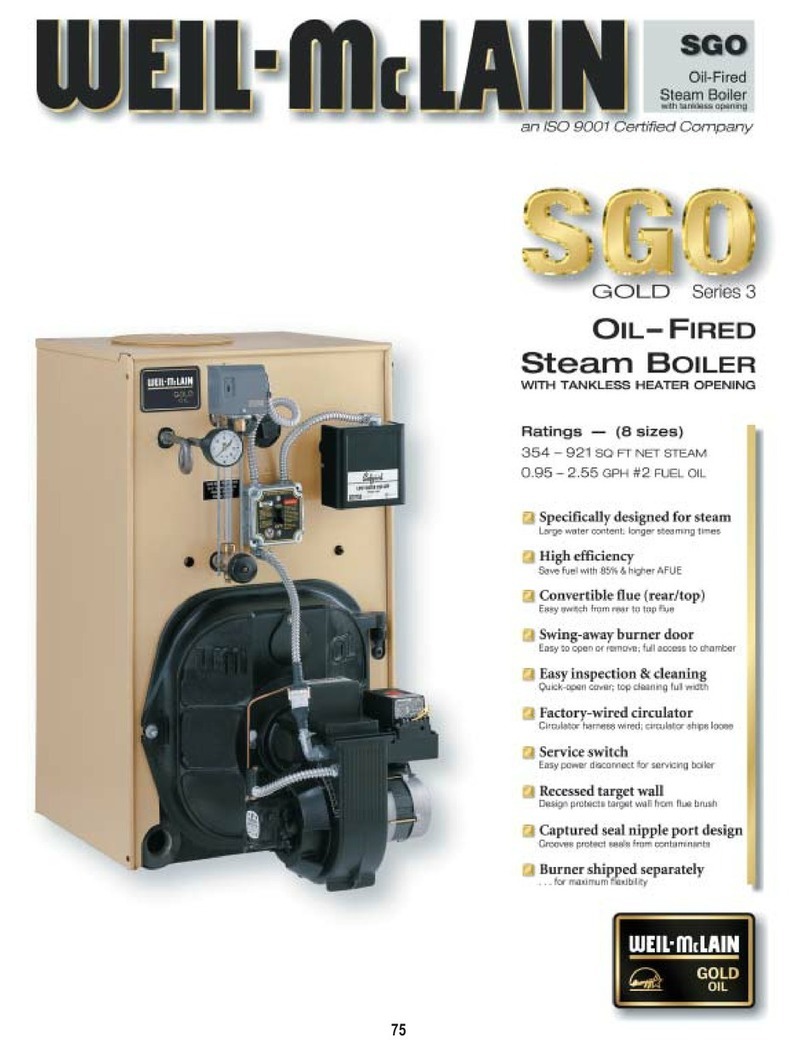
Weil-McLain
Weil-McLain SGO Series 3 Brochure & specs
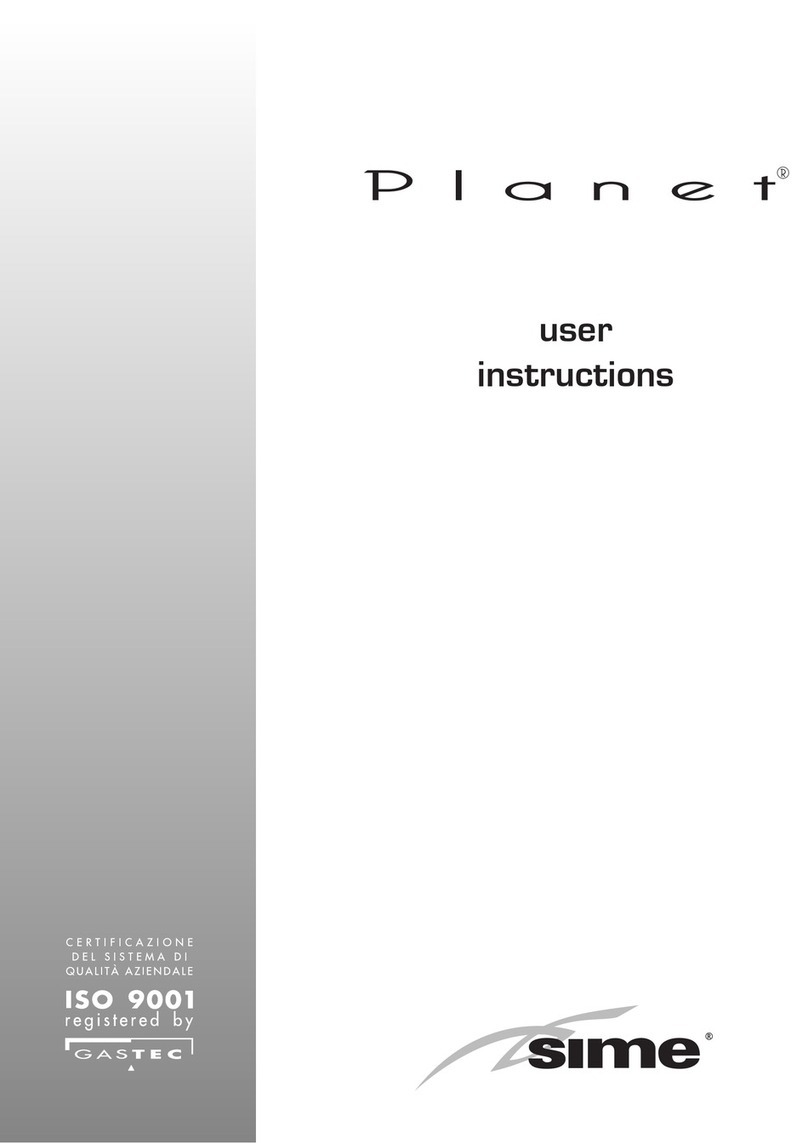
Sime
Sime Planet Series User instructions
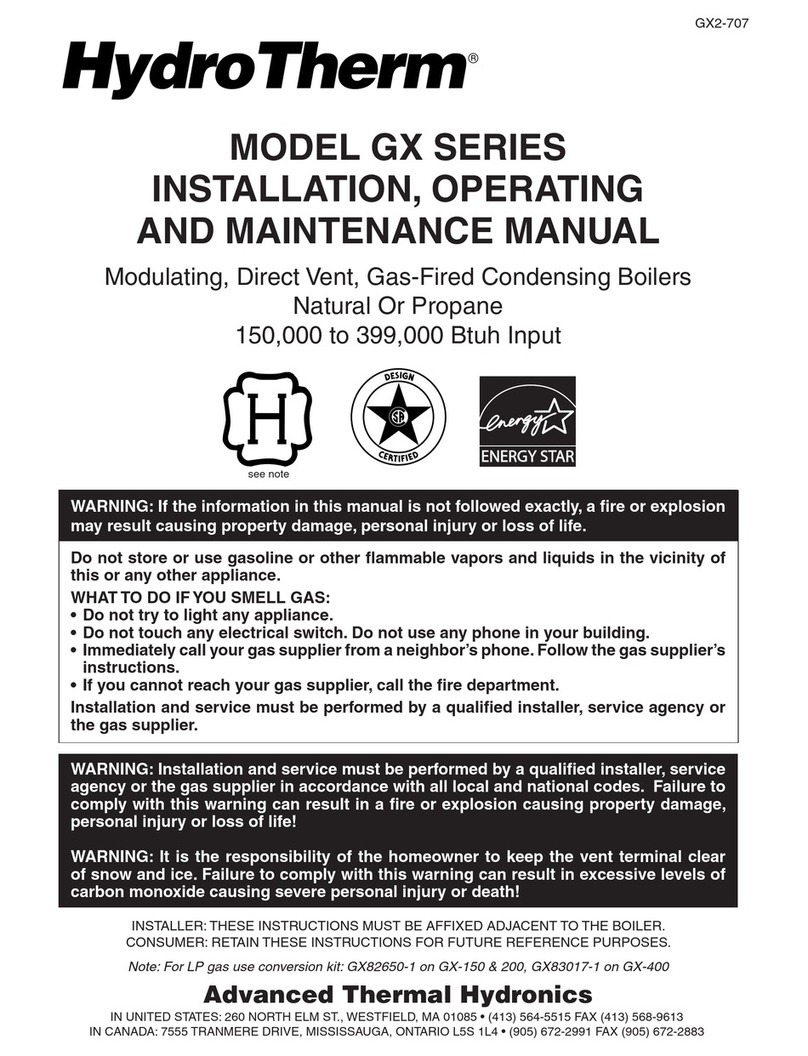
HydroTherm
HydroTherm GX Series Installation, operating and maintenance manual
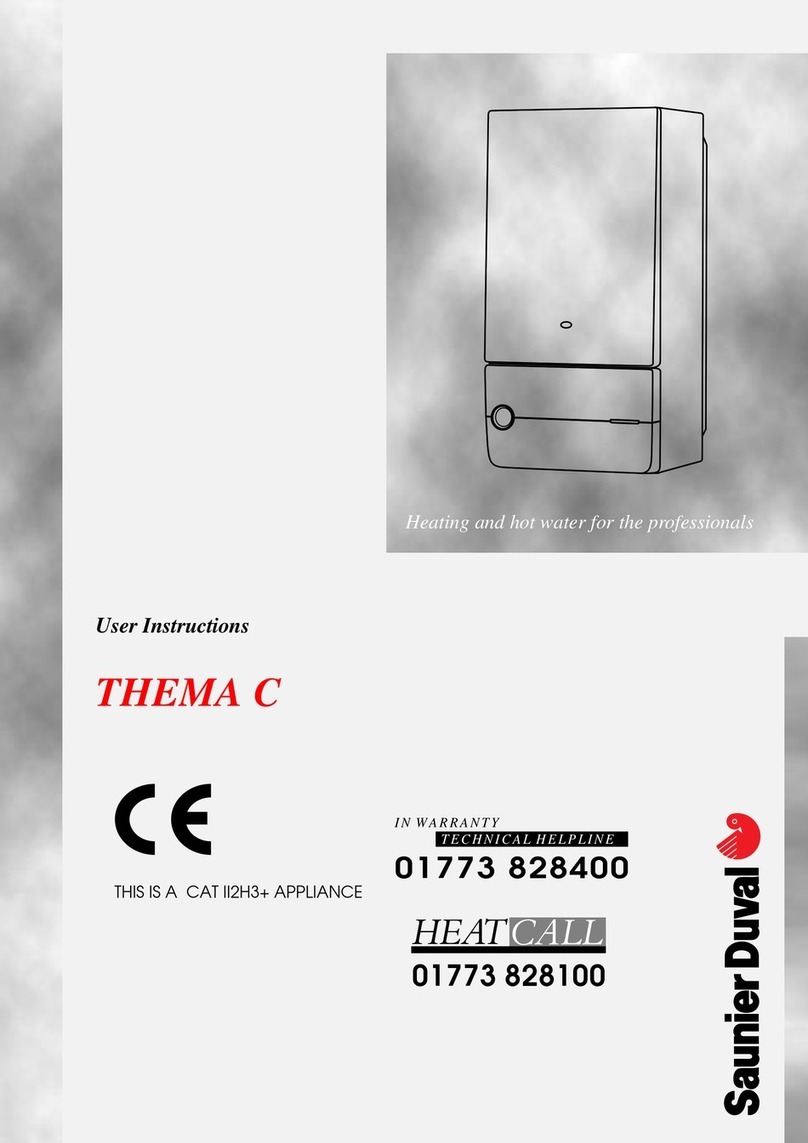
Saunier Duval
Saunier Duval THEMA C User instructions
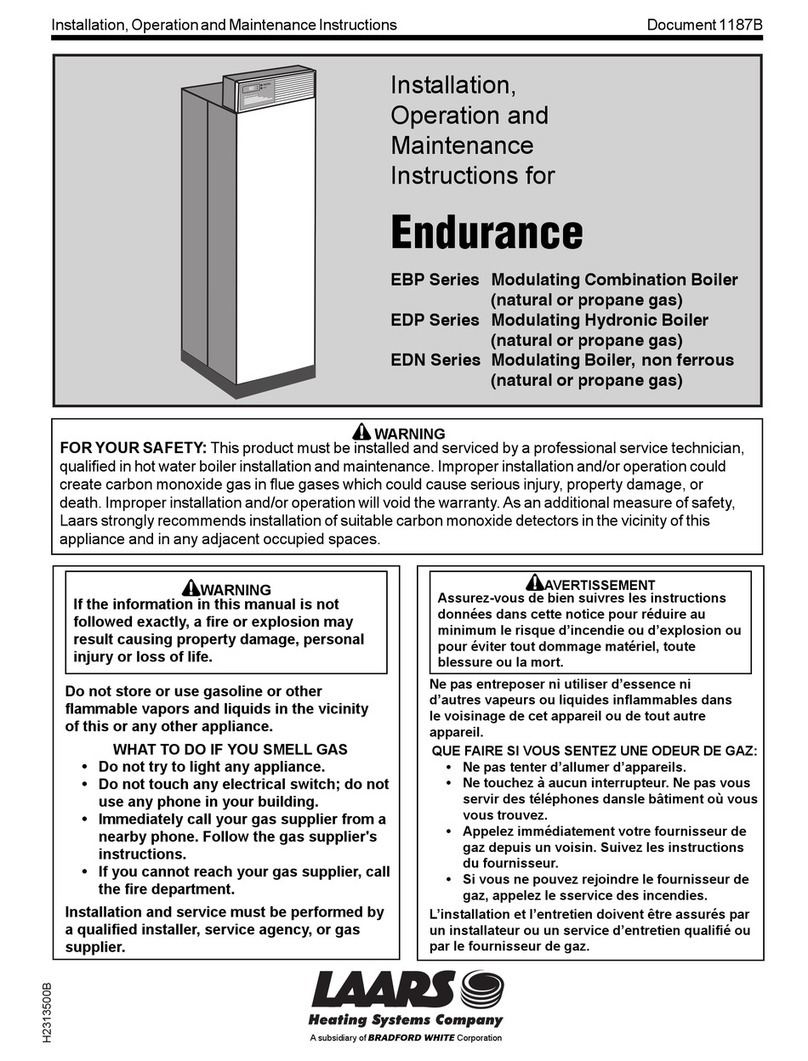
Laars
Laars EBP0110 Installation, operation and maintanance manual

Calomax
Calomax CASCADE-6TC Assembly, installation and operation instructions

Viessmann
Viessmann VITODENS 333 Service instructions
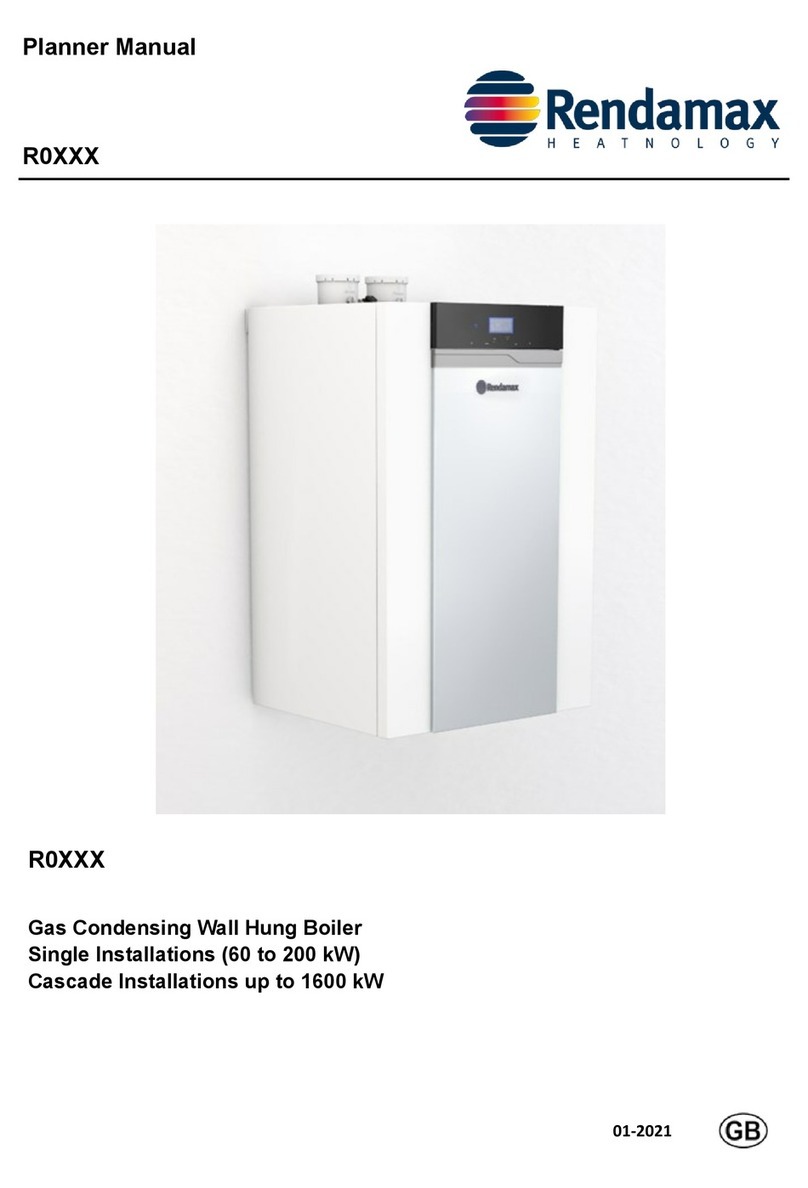
Rendamax
Rendamax R0 Series Planner Manual
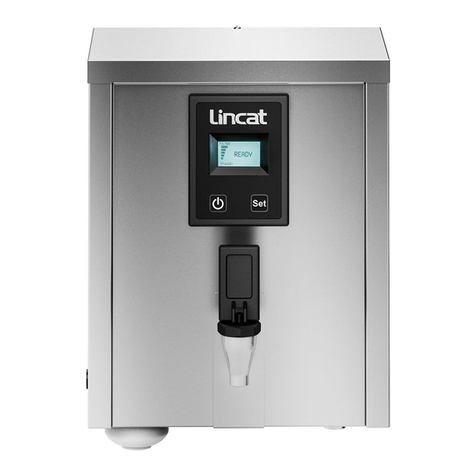
Lincat
Lincat M3F Installation, operating and servicing instructions
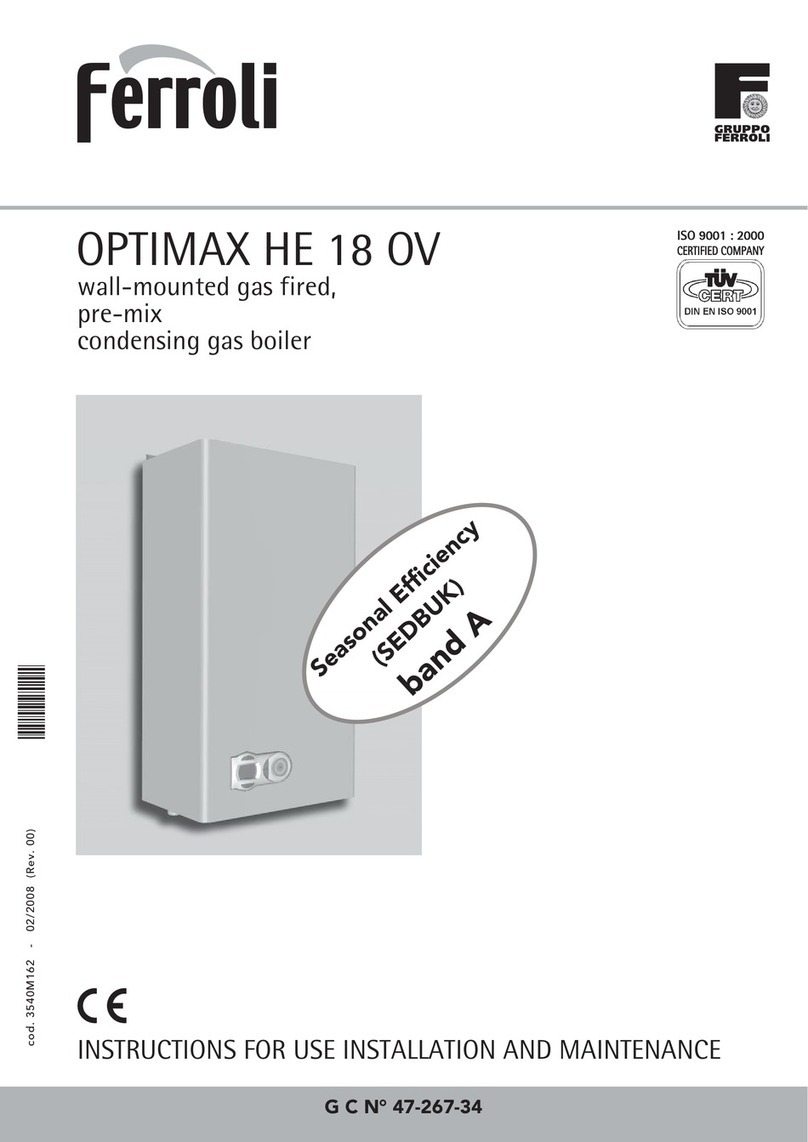
Ferroli
Ferroli OPTIMAX HE 18 OV Instructions for use, installation and maintenance
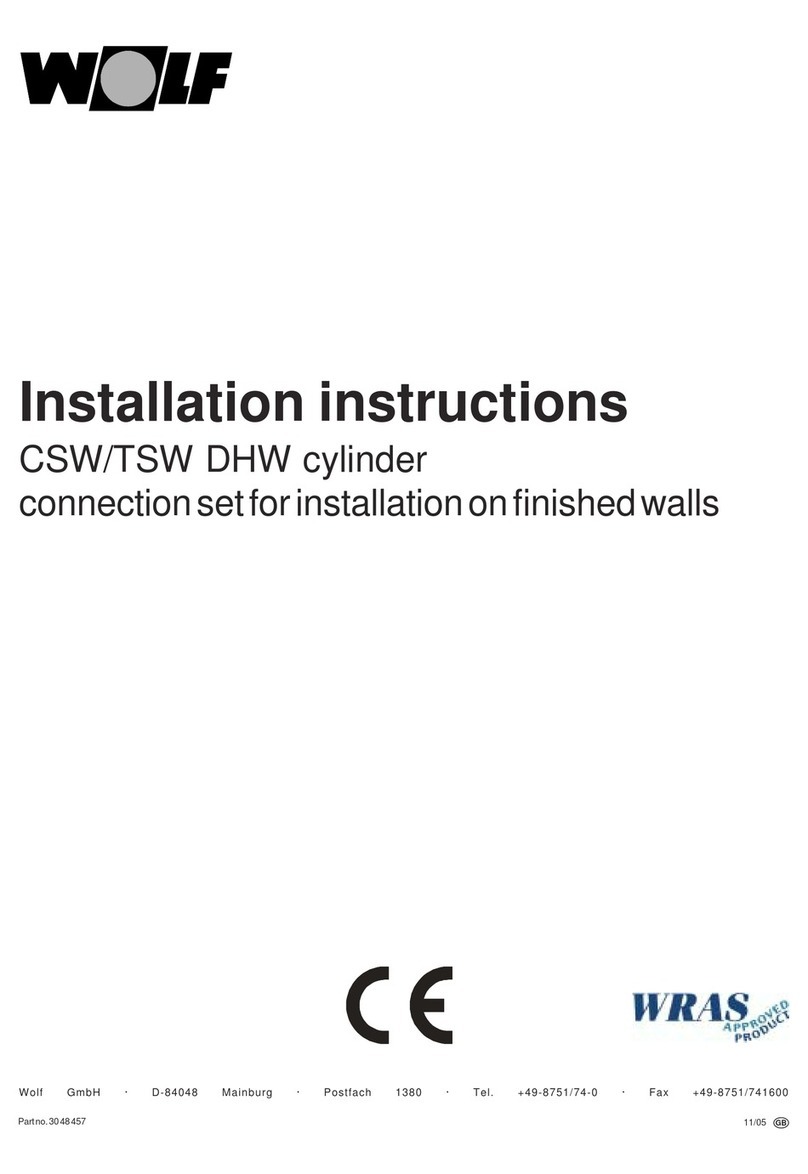
Wolf
Wolf CSW-120 installation instructions
